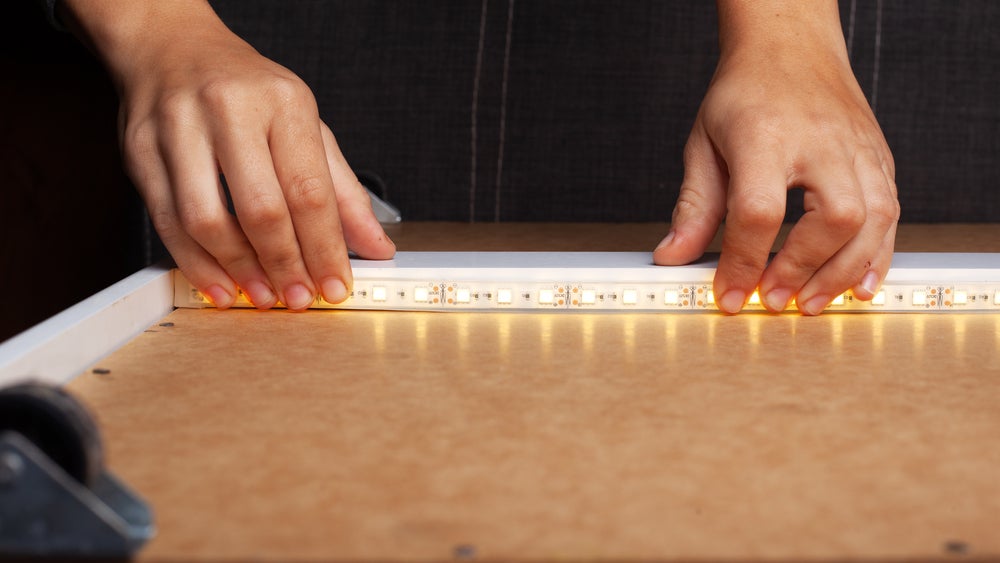The development and deployment of light-emitting diode (LED) technology across the entire range of lighting applications have been breathtaking over the past few years. Despite the inherent high electro-optical conversion efficiency of LEDs, an LED luminaire is only as good as its driver.
The potential of this revolutionary lighting technology can only be unlocked when the performance metrics of LED drivers are consistently matched to the electrical characteristics of the LED light source. An LED lighting system is a synergistic combination of the light source, LED drivers, thermal management systems, and optics, PCB assembly.
Being the only component that characteristically influences the photometric performance and light quality of the LEDs in a lighting system, drivers play a critical role in more extensive and intensive applications of LED technology.
What Is an LED Driver?
An LED Driver is an electronic device that regulates the power of an LED or a string (or strings) of LEDs. LEDs are solid-state semiconductor devices impregnated or doped, with layers to create a p-n junction, PCB manufacturing.
When the current flows across the doped layers, holes from the p-region and electrons from the n-region are injected into the p-n junction. They recombine to generate photons that we perceive as visible light.
The conversion from current to light output is nearly linear, increasing the input current allows more electrons and holes to recombine in the p-n junction and thus more photons are generated.
In contrast to conventional light sources that run directly from an alternating current (AC) power supply, LEDs operate on DC input or modulated square wave input because the diodes have polarity. PCB manufacturing and assembly.
An input of the AC signal will cause an LED to only light up approximately half of the time when the AC signal is the correct polarity and immediately go out under negative bias. Hence, a constant supply of DC electrical current at a fixed output or a variable output within an allowed range must be applied to an LED array for stable, non-flickering lighting. Electronics suppliers.
LED drivers provide an interface between the power supply (line) and the LED (load), converting the incoming 50 Hz or 60 Hz AC line power at voltages such as 120 Volts, 220 Volts, 240 Volts, 277 Volts, or 480 Volts to the regulated DC output current. There are drivers designed to accept other types of power sources as well, e.g., DC power from DC microgrids or Power over Ethernet (PoE).
An LED driver circuit should have immunity against voltage spikes and other noise on the AC line within a predetermined design range while also filtering out harmonics in the output current to prevent them from affecting the output quality of the LED light source. The driver is not merely a power converter. Some types of LED drivers have additional electronics to enable precise control of the light output or to support smart lighting.

